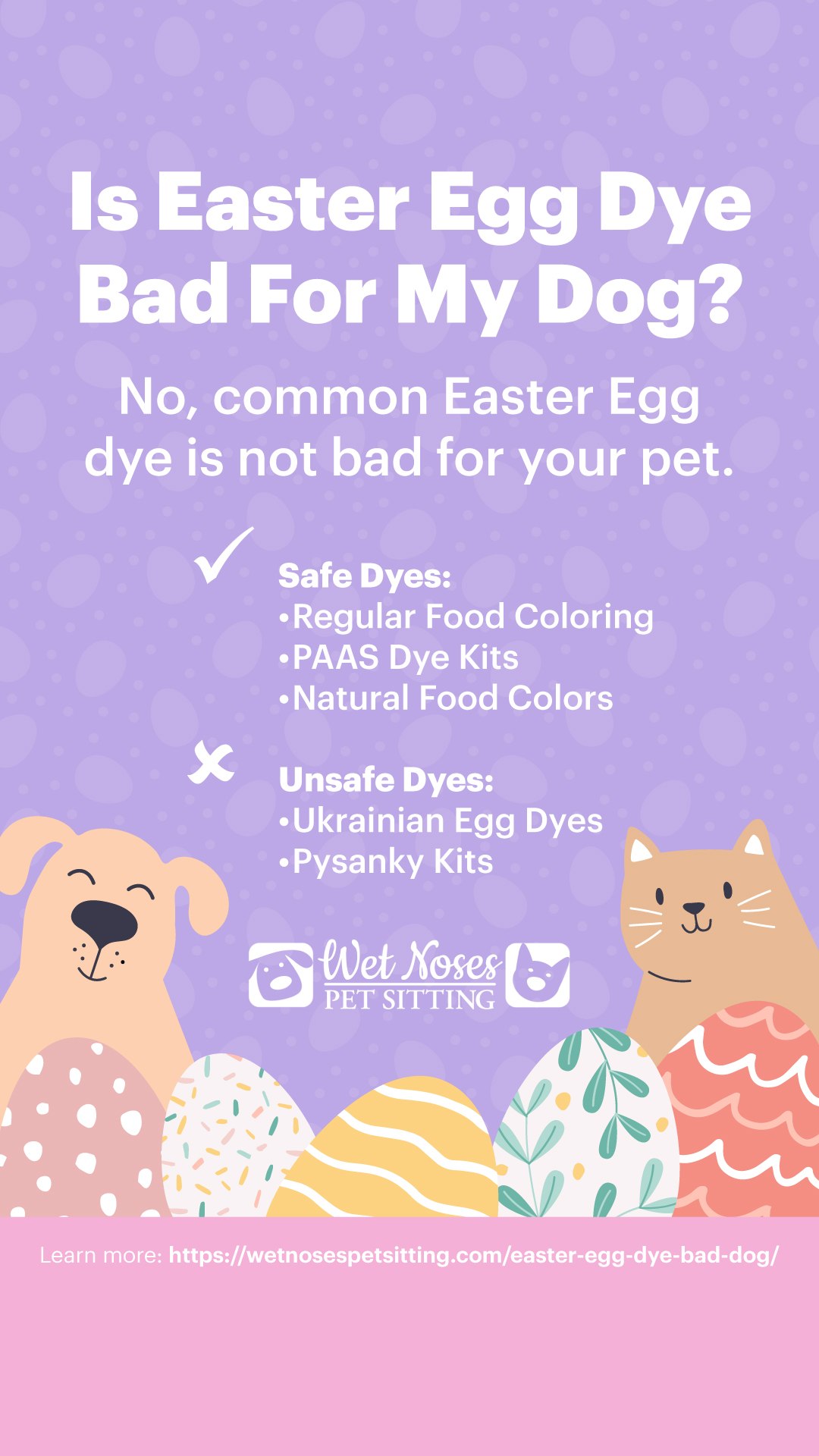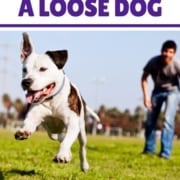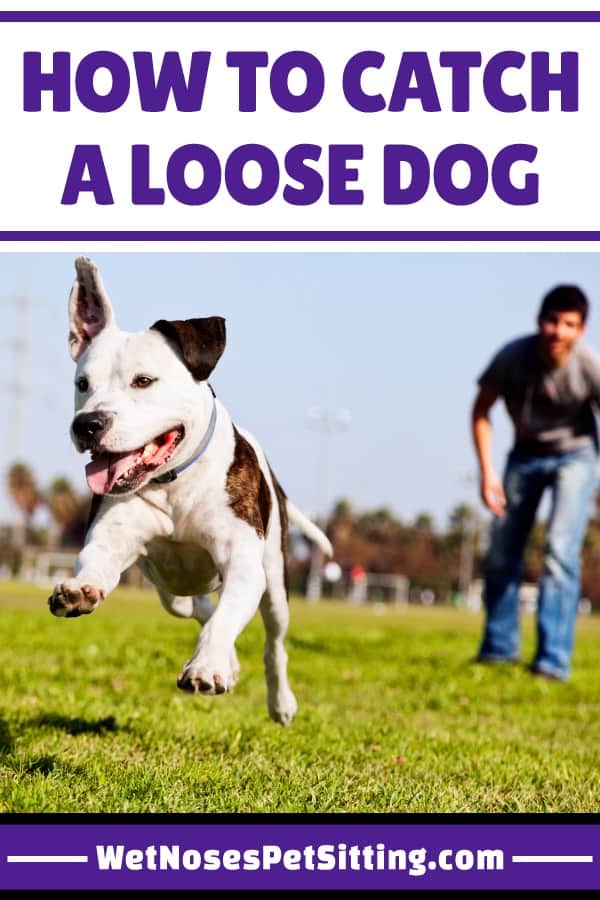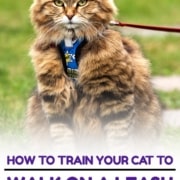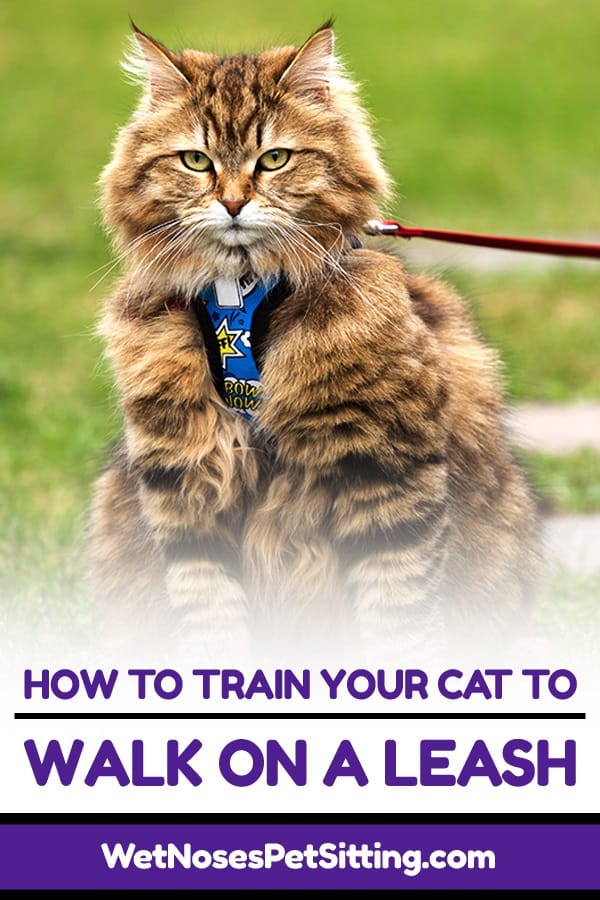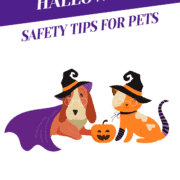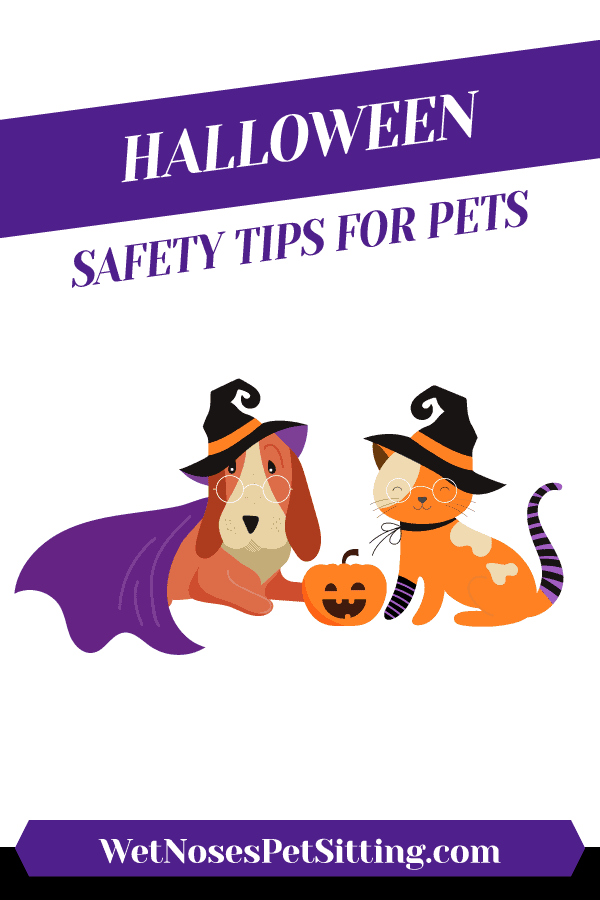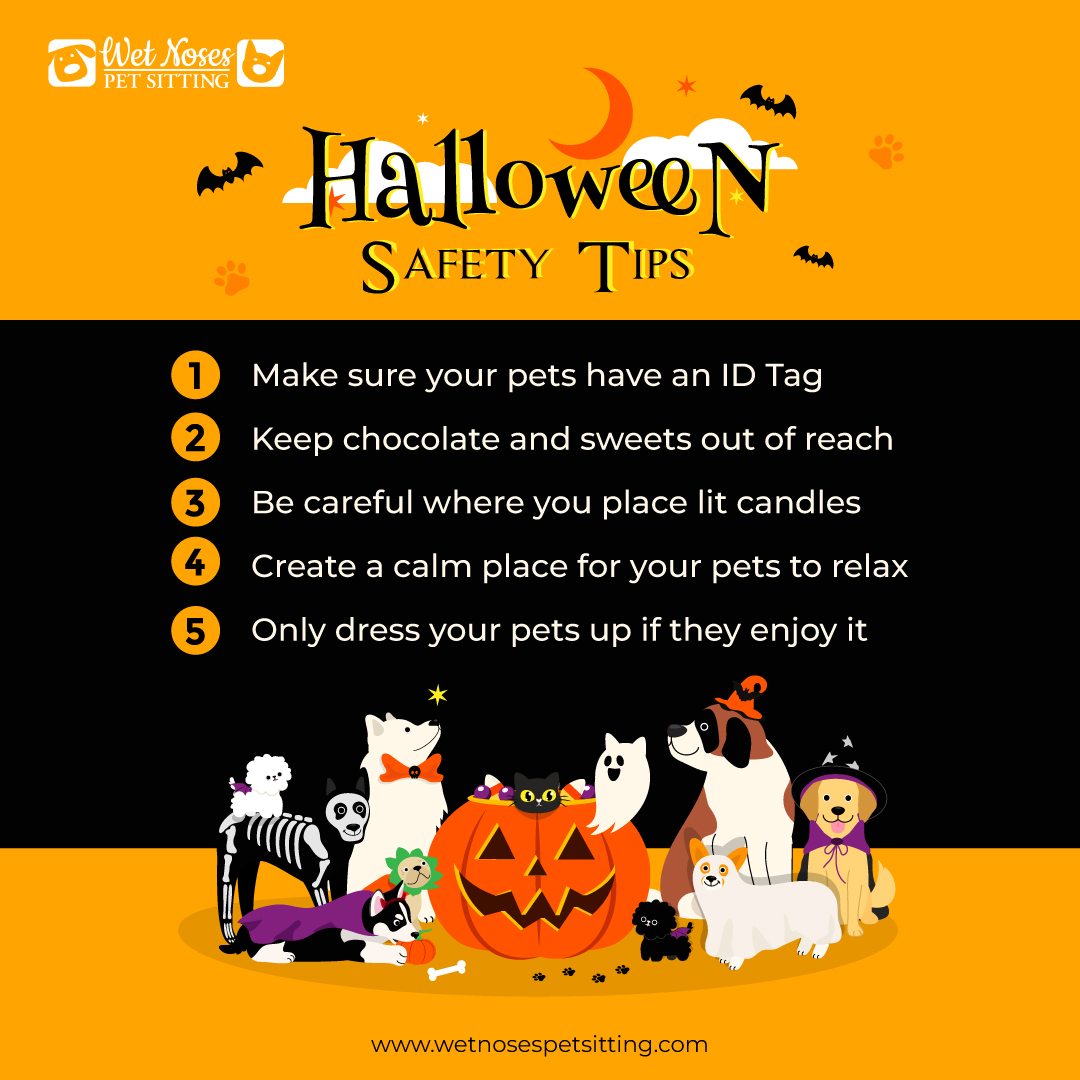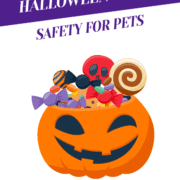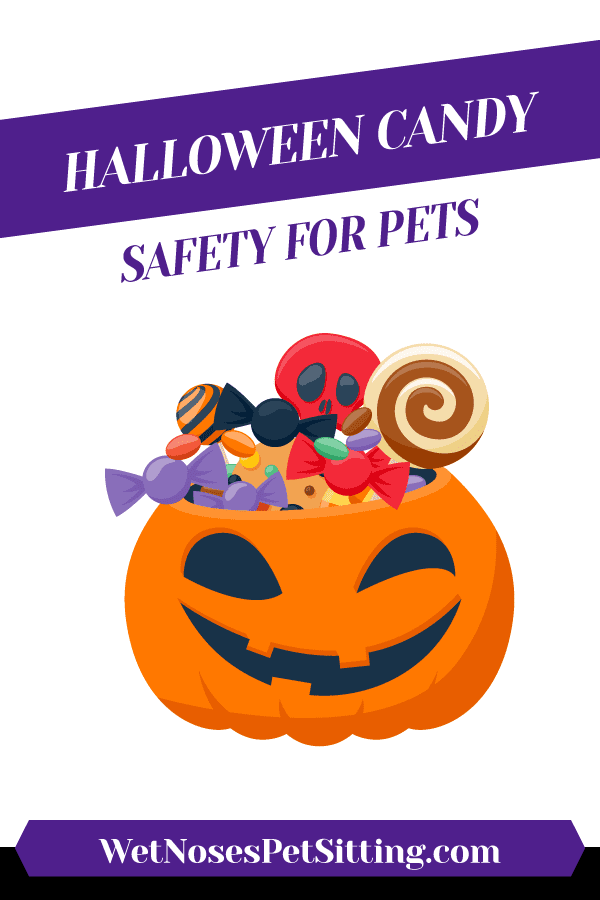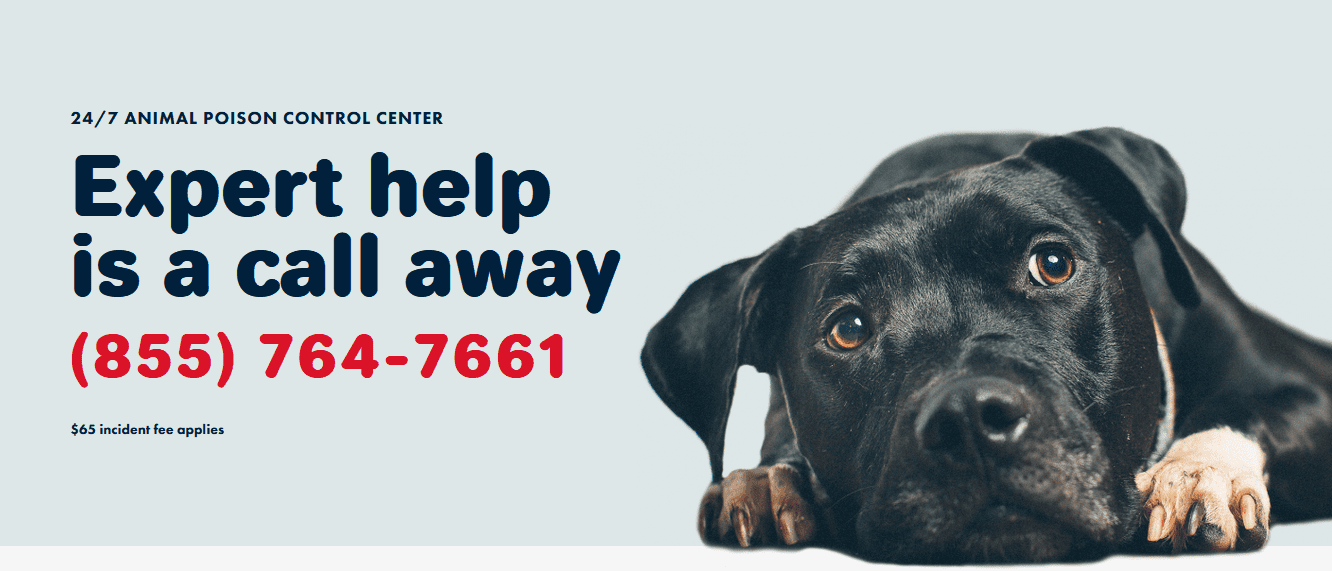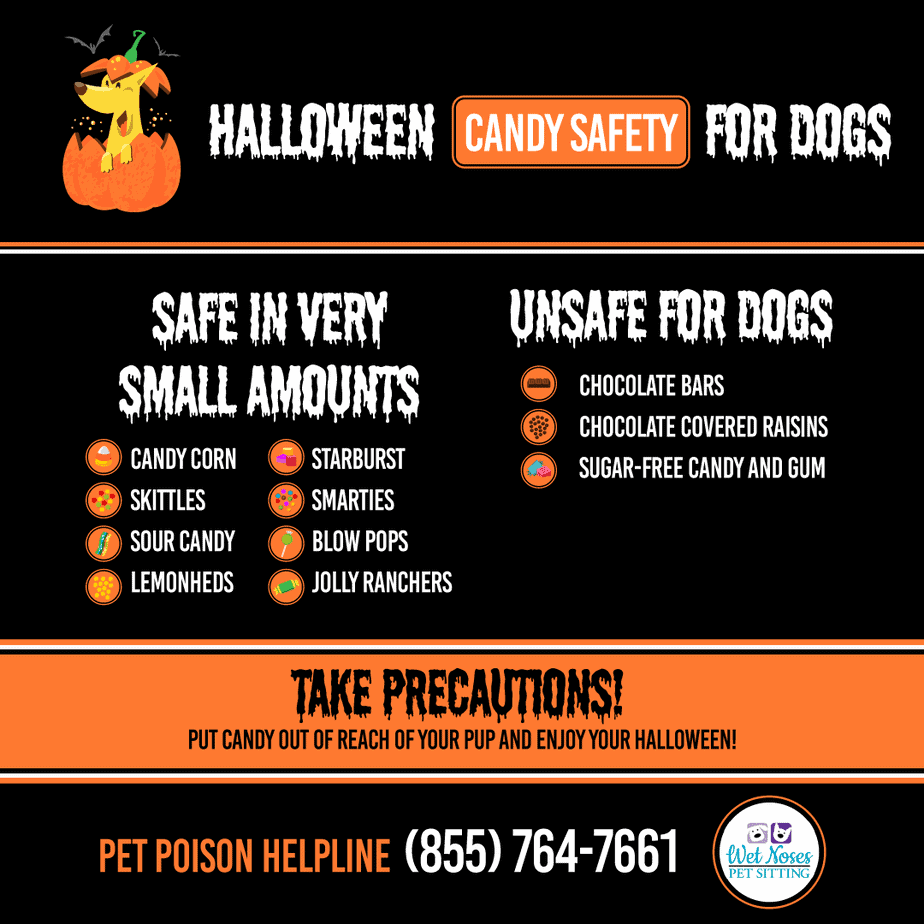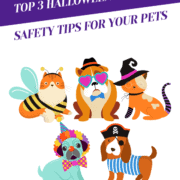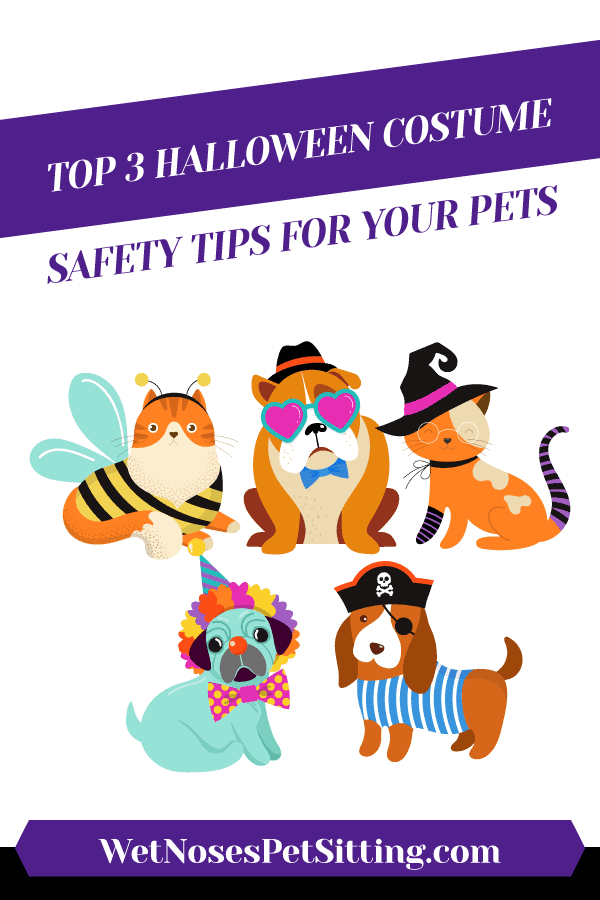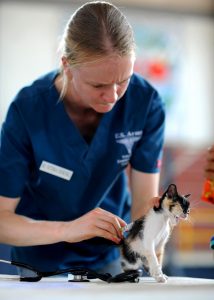
The holidays are a crazy time for us and an even crazier time for our pets! At Wet Noses Pet Sitting we love your pets like our own. We want to be sure they are as safe as possible this holiday season. Read up on our list of holiday pet dangers, be safe and enjoy your holiday season without any pet emergencies!
Family and friends coming in the house
The holidays are a wonderful time to visits with our friends and family but this can cause stress for some pets. If your pet does not do well with large groups of strangers, let your pets have a nice break in a quiet place with a healthy treat. Even pets that love company can take advantage of the situation by running out an open door or stealing non-pet friendly foods from guests. Make sure your guests know what is ok for Fido and let Fido take a nap when needed.
Tinsel and ornaments
As cute as it is to watch your kitten climb the Christmas tree, keep an eye out for ornaments that can be eaten or easily broken. If you have a curious cat, forgo the tinsel for the year. Cats love to chew on string-like items and due to the barbs on their tongues they cannot always spit them out, forcing them to swallow that shiny piece of trouble. If you have a dog that likes to play with ornaments, put them a little higher on the tree.
Food items
We humans love our holiday treats and we want our pets to enjoy the holiday cheer as much as we do. Be sure to give treats in moderation and avoid these dangerous yummy items:
- Chocolate – Chocolate, especially baking chocolate is trouble for all pets. Something to keep in mind is that all animals handle chocolate differently so if your pet gets some call your emergency clinic for advice.
- Fat and bones – What dog does not dream about stealing the turkey off the counter? Cooked bones are huge problems for pets as the bones can splinter and the fragments can puncture your pet’s insides. Fat and grease can cause terrible digestion problems and in large quantities can require hospitalization. If you would not eat it, neither should your pet.
- Bread dough – Baking is wonderful but bread dough contains yeast with can expand in a pup’s stomach, causing all sorts of trouble.
- Grapes and raisins – Raisins are often included in holiday baking and many pet owners do not know that grapes and raisins are just as toxic as chocolate. Even though they seem healthy, get a good dog bone instead.
Holiday plants
We do love our beautiful holiday plants but be wary of leaving accessible to your pets. Holly, mistletoe and poinsettias are particularly dangerous and tend to be front and center in our holiday decorations. Even my cat, who never eats my plants (and we have many, many plants in our house) took a second look at the poinsettia I brought in. Sometimes moving a plant or bringing in a new one can peak the interest of the most disinterested plant. So, when bringing home these favorites keep an eye on your pets and move the plants out of reach. Read about more plans that are poisonous to pets.
Garbage
What more do I need to say? All sorts of bad things go in the trash and your dog is just waiting for you to get distracted and set down the trash bag. Party time! Make sure all trash is secured and make sure it makes it outside to the bin! Any cooked bones should be put right outside to eliminate any risk.

Candles
My cat is notorious for melting her whiskers on candles as soon as my back is turned. Now that she is older, candles are only burned in locations where she cannot reach when we are in the room. Keep in mind candles often smell like candy and cookies and can entice your pet to take a quick peek at the flame. This can easily turn into melted whiskers, a flame burn or even worse, a wax burn.
Wrapping paper and ribbons
Ribbons are favorites toys for cats as long as they do not swallow them. If you are unsure if your dog will behave, keep the presents tucked away when unsupervised. Make sure your kitty will not chew the ribbons off the packages!
Keep these holiday pet dangers in mind and enjoy your holiday season. No one wants to take a trip the emergency clinic over the holiday season. If you have concerns about something your pet has gotten into, do not hesitate to call them or take a trip into the vet if needed.
We love the clinics listed below for 24/7 emergencies and we know you will too.
Fort Collins Veterinary Emergency Clinic – 816 South Lemay Avenue, near Lemay and Riverside in Fort Collins – (970) 484-8080
Four Seasons Veterinary Specialists – 4120 Clydesdale Pkwy, just south of Centerra – (970) 800-1106
Happy Holidays!
 Safe Dyes To Look For:
Safe Dyes To Look For: